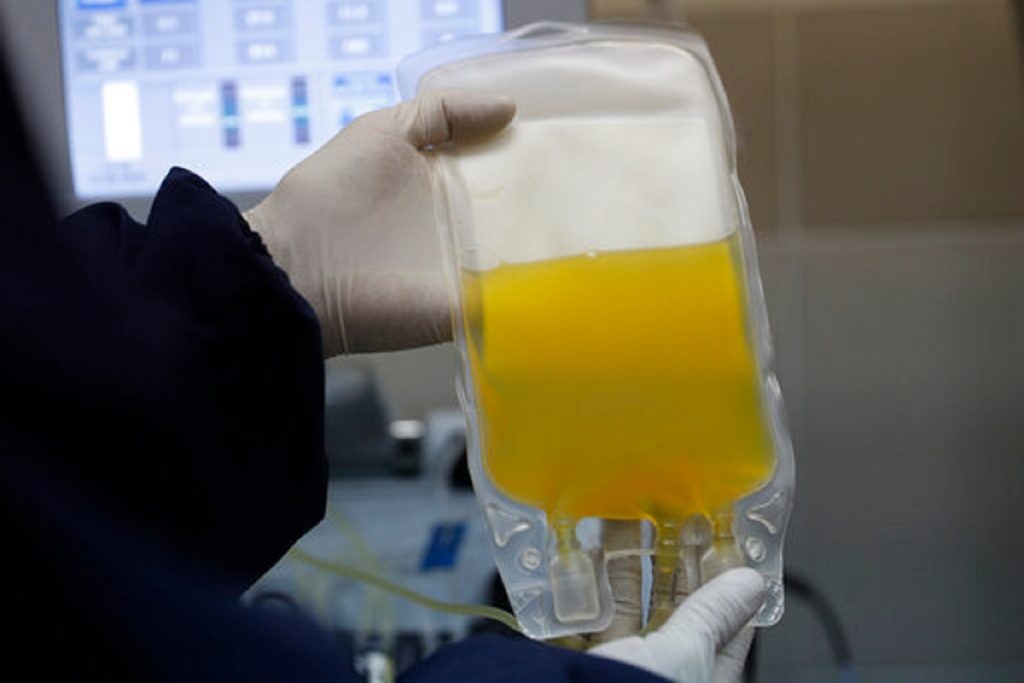Physicists at Rice University have found a way to trap the world’s coldest plasma in a magnetic bottle, a technological breakthrough that could advance research in clean energy, space weather, and astrophysics.
“To understand how solar wind makes contact with the Earth, or to generate clean energy from nuclear fusion, one has to understand how plasma and electrons behave in a soup-magnetic field of ions” The corresponding author of a published study about work in physical review paper.
Laser-cooled strontium, using Killian and graduate students Grant Gorman and McKenzie Warrance, created a plasma at about 1 degree below absolute zero or about -272 degrees C and briefly trapped it with forces from the surrounding magnets.
This is the first time that ultracold plasma has been magnetically confined, and Killian, who has studied the ultracold plasm for more than two decades, said it opens the door to the study of plasm in many settings.
“It provides a clean and controllable test to study neutral plasmas in far more complex locations, like the Sun’s atmosphere or white dwarf stars,” said Killian, a professor of physics and astronomy.
“It’s really helpful for plasma cooling and these very clean lab systems. Starting with a simple, small, well-controlled, well-understood system allows you to remove some clutter and really isolate you. Allows. Want to see. ”
The study is important to co-author Stephen Bradshaw, a rice astrophysicist who specializes in studying plasma phenomena on the Sun.
“In the entire sun’s atomosphere, a strong (strong) magnetic field has the effect of changing everything relative to what you’d expect without a magnetic field, but in very subtle and complex ways that actually travel through you. If you don’t really have a good understanding of it, “said Bradshaw, associate professor of physics and astronomy.
Solar physicists rarely get a clear overview of specific features in the Sun’s atmosphere because part of the atmosphere lies between the camera and those features, and unrelated events in the intervening atmosphere obscure what they want to see.
Unfortunately, due to this line-of-vision problem, observational measurement of plasma properties is associated with considerable uncertainty, “Bradsch said.
” But as we improve our understanding of the phenomenon, and importantly, use laboratory results for testing. And checking our numerical model, then hopefully we can reduce the uncertainty in these measurements. ”
Plasma is one of the four fundamental states of matter, but unlike solids, liquids, and gases, plasmas are generally not a part of everyday life because they occur in very hot places such as the sun, an electric bolt, or a candle flame Occur.
Like those hot plasmas, Killian’s plasmas are soups of electrons and ions, but they are cooled by laser-cooling, a technique to trap and slow talk with light, developed a quarter-century ago.
Killian stated that the quadruple magnetic setup that was used to trap the plasma is a standard part of the ultracold setup that his laboratory and others use to make ultracold plasmas.
But figuring out how to trap plasma with magnets was a thorny problem because the magnetic field plays havoc with the optical system that physicists use to visualize ultracold plasmas.
“Our diagnosis is laser-induced fluorescence, where we shine a laser beam onto the ions in our plasma, and if the frequency of the beam is just right, the ions will very effectively scatter the photons,” he said.
“You can take a picture of them and see where the ions are, and you can also measure their velocity by looking at the Doppler shift, such as using a radar gun to see how fast the car is moving.
But There are actually magnetic field shifts. Around the resonant frequencies, and we have to distinguish the shifts in the spectrum that are coming from the magnetic field from the Doppler shifts that we are interested in seeing. ”
This complicates experiments considerably, and to make matters more complex, magnetic fields change dramatically throughout the plasma.
“So we have to deal not only with a magnetic field, but a magnetic field that is dissimilar in space, in a reasonably complex way, so that data and data can understand what is happening in the plasma,” Killian said . “We’ve spent a year trying to find out what we were looking for when we got the data.”
Plasma behavior is further complicated by magnetic fields in experiments. Which is exactly why trapping techniques can be so useful.
“There is a lot of complexity as our plasma expands into these field lines and starts to feel the forces and get trapped,” Killian said. “This is a really common phenomenon, but it is very complex and we really need to understand.”
